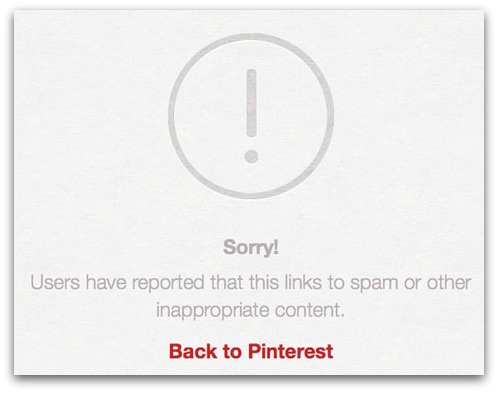Pictures of attractive young women that advertise shady diets are flooding Pinterest. While this approach is new, victims end up on the old sites that replicate news outlets to promote the schemes.
Graham Cluley reveals that there are hundreds of different posts that serve the scam, but behind the scenes they all work in the same way.
“Spring is almost over and I just lost those remaining 26 lbs. If you’re interested too, click [LINK],” reads a variant of the scam.
“Summer is about to come and I finally took off these last 27 lbs. If you’re interested too, browser [LINK],” another version reads.
When users click the links, they are taken to a site that replicates Channel 8 News. As in previous similar plots, the website is designed to appear as if the reporters of this media outlet wrote a legitimate story about the miracle diet.
The site doesn’t push any malware, instead it tries to convince users to pay for bogus drugs. In these types of scenarios, you either end up paying for something that you will never receive, or the cybercrooks simply want your private details and payment information that you may hand over while placing an order.
For the time being, Pinterest blocks many of these scams, but most likely, the fraudsters that run them will make other ones that will roam freely until the social media network flags them as spam.
Pinterest customers are advised to be on the lookout for these types of plots and report them as being spam to ensure that others will not fall for them.
It doesn’t matter how legitimate the site looks, online pharmacies and shady diet products advertised via aggressive marketing methods most often hide a malicious plan that’s designed to earn a hefty profit for the cybercriminals that run them.
softpedia.com

Niciun comentariu:
Trimiteți un comentariu